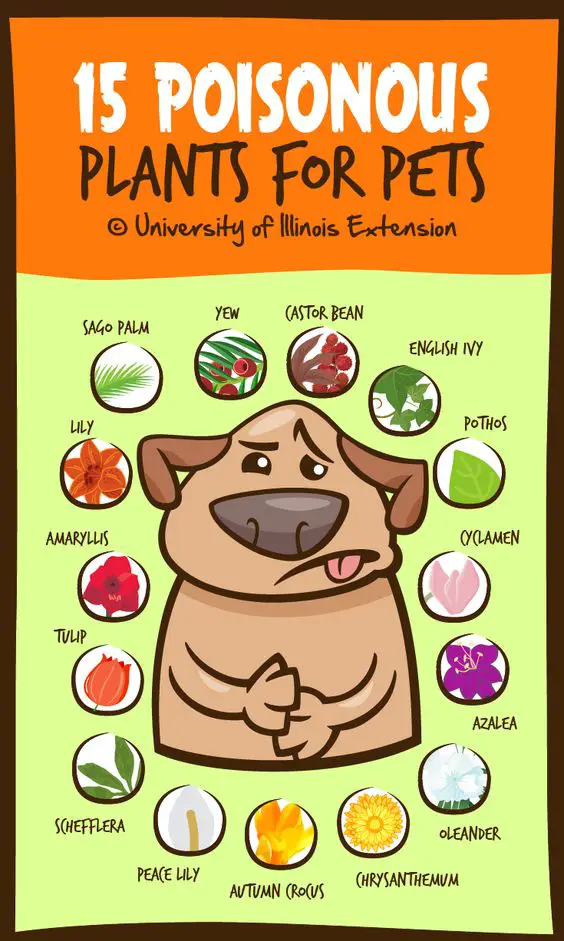How Dog Daycare Works
How Dog Daycare Works
Blog Article
Is Dog Day Care Stressful?
Lots of canines love childcare and enjoy to be with their fur brother or sisters all day. Nonetheless, for some dogs it can be difficult.
Search for a facility with certified instructors and behaviorists that get on the flooring in any way times, monitoring the group play. This is especially important for dogs that are responsive, display resource protecting or become antisocial or compulsive.
1. Congestion
For lots of canines, daycare is a positive experience that gives physical and psychological workout to burn off pent up energy. Nonetheless, the increase of new canines, smells and settings can be frustrating for some canines.
Canines should be coupled with various other canines that are similar in dimension, age, socializing and play style to guarantee safety and protect against overstimulation. Nonetheless, overcrowding is common at pet childcares and can trigger character clashes and bullying that cause injuries.
Ask what precaution the facility requires to maintain your puppy safe. As an example, exists an outdoor room for pet dogs to leave the crowds? Does the center have routine breaks for your pup to relax their nerves? Ask what sort of first aid and CPR training employees have and if they know with providing medication to your pet. Likewise, it is essential to make sure your pet's food and medicines remain in an identified bag that daycare team can swiftly access.
2. Adjustments in routine
The end of summer season is coming and with it comes huge changes as youngsters go back to college and people go back to their work schedules. This can be demanding for your puppy. They'll miss out on all the hiking and playtime you do with each other and may begin to feel bored. Their actions may transform as well, such as excessive barking or devastating habits.
Pets like regular, so an unexpected change in their everyday routine can trigger them tension. Make sure to prepare ahead and slowly alter your feeding and stroll times in the weeks leading up to back-to-school. This will aid your canine acclimate to their brand-new schedule and minimize any undesirable behavior.
Day care is an excellent means for canines to obtain plenty of physical and psychological exercise, specifically if they are young or energetic. They additionally receive socializing experiences that will develop confidence and etiquettes, which can help them deal with the anxiousness they might experience from points like trips to the veterinarian, visits to your office or home and various other difficult occasions.
3. Separation anxiousness
The drop off and pick up process can be a little bit stressful for pet dogs, especially when it's the very first time. Several canine childcares provide a regular daily timetable, and over time this assists pet dogs feel comfy and safe and secure while they're away from their proprietors.
Structured play, structured rest periods and routine snack times all help pet dogs create a sense of experience and predictability. This, combined with positive support, aids relieve splitting up anxiety symptoms.
Socializing additionally keeps pet dogs literally and mentally busy, which can make them much less reactive to stressors boarding near me for dogs when they're home. This, in addition to positive reinforcement, assists to lower stress and anxiety and rise self-worth.
4. Unsupervised play
Pet dogs that are not mingled routinely can end up being anti-social-- this is often seen as canine aggressiveness. This can happen also in a well-managed childcare setting, so be sure to view the pet dogs carefully. Seek a ratio of 11 or less canines to flooring individuals. Team must be playing and connecting with the dogs, not sitting at their workdesks or looking at their phones.
The center needs to have a quiet area where the canines can kick back and recharge between play sessions. This is especially crucial for high-energy types that require to burn added energy or low-energy older dogs.
Ask the staff what they do to keep the canines soothe. They must make use of favorable support (appreciation, stroking, play) and never ever make use of physical penalty or aversives. They should also be trained in pet first aid and CPR. Finally, the facility must have an efficient method for feeding times to stop food aggressiveness.